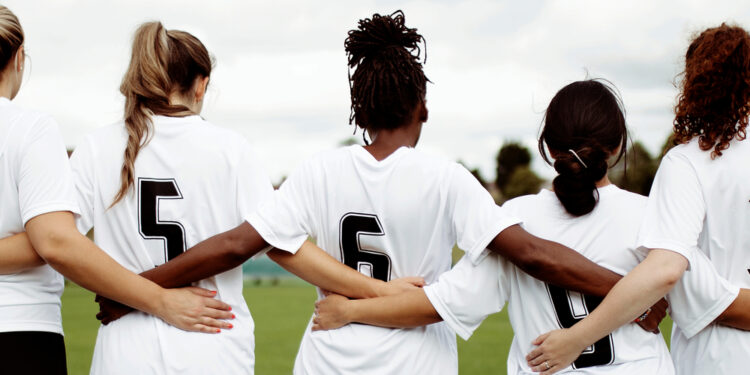Holly Metzger-Brown, the learn and play director at the York JCC, shares three ingredients for a strong youth sports program.
Youth sports participation continues to grow in popularity in the U.S. Successful sport agencies, coaches, youth leagues, businesses, and communities continue to adapt and elevate their youth sports models to fit the needs and demands of their community at the local and global levels. For youth sports and young athletes to consistently evolve, it is vital for athletes, coaches and employees to keep abreast the best teaching tools and athletic performance by attending a variety of workshops, conferences, educational programs and trainings that focus on youth sports, movement, health, development and fitness.
Youth Sports Program Model
When creating youth sports program opportunities for youth athletes, it is extremely important for agencies and coaching staff to focus on the athlete’s developmental needs to enhance their performance. A strong youth sports program model is typically centered around athletic development, which in turn is structured using a progress-based approach to enhance an athlete’s performance. An athletic development model will focus on the components of athletic movements and patterns that are required for an athlete to be successful.
Rich Learning Environment
To succeed in the youth sports industry, it is vital to structure a rich learning environment for young athletes, increase their awareness of opportunities and challenges they may face during their athletic career, and teach them how to respond by practicing a variety of situations. A high-quality youth sports program will provide many opportunities for athletes to learn how to compete, make decisions, be persistent, cooperate, challenge themselves, and self-regulate emotions that arise during a game.
Positive Culture
Creating a quality youth sports experience for youth athletes involves designing a measurement system that can highlight and assess each athlete’s growth and development while creating a positive culture among team members. This positive culture is led and reinforced by the coaching staff, who develop relationships not only with their young athletes, but also with those athletes’ families. The coaching staff’s positive culture must be centered around the athlete’s efforts and improvements, and it should not involve the coercive tactics that are often prevalent in youth sports. A quality coaching staff will provide a motivational, fun and engaging environment for young athletes that will reinforce their desire to participate while improving their skills.
To continue developing the evolution of youth sports and young athletes, it is crucial to create an athletic developmental program model. A successful youth sports program will focus on a variety of components to enhance an athlete’s performance. Youth sports programs that bring additional benefits to their communities while enriching young athletes’ lives will center around athletic development, a rich learning environment, an athlete’s individual growth, and a positive team culture.










